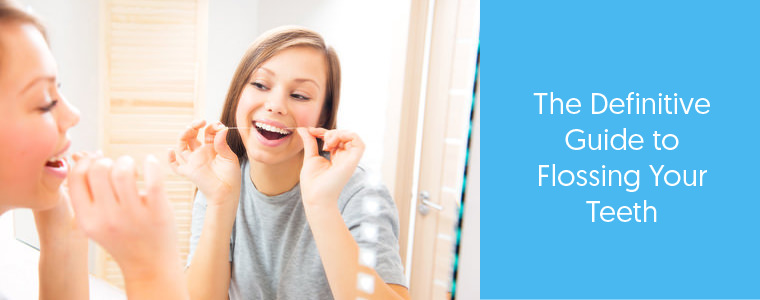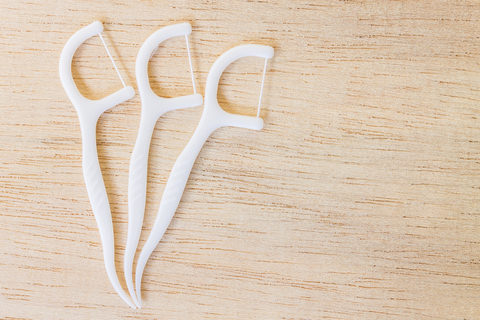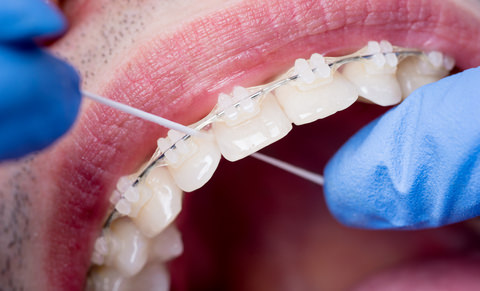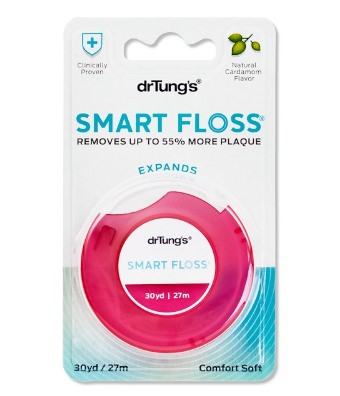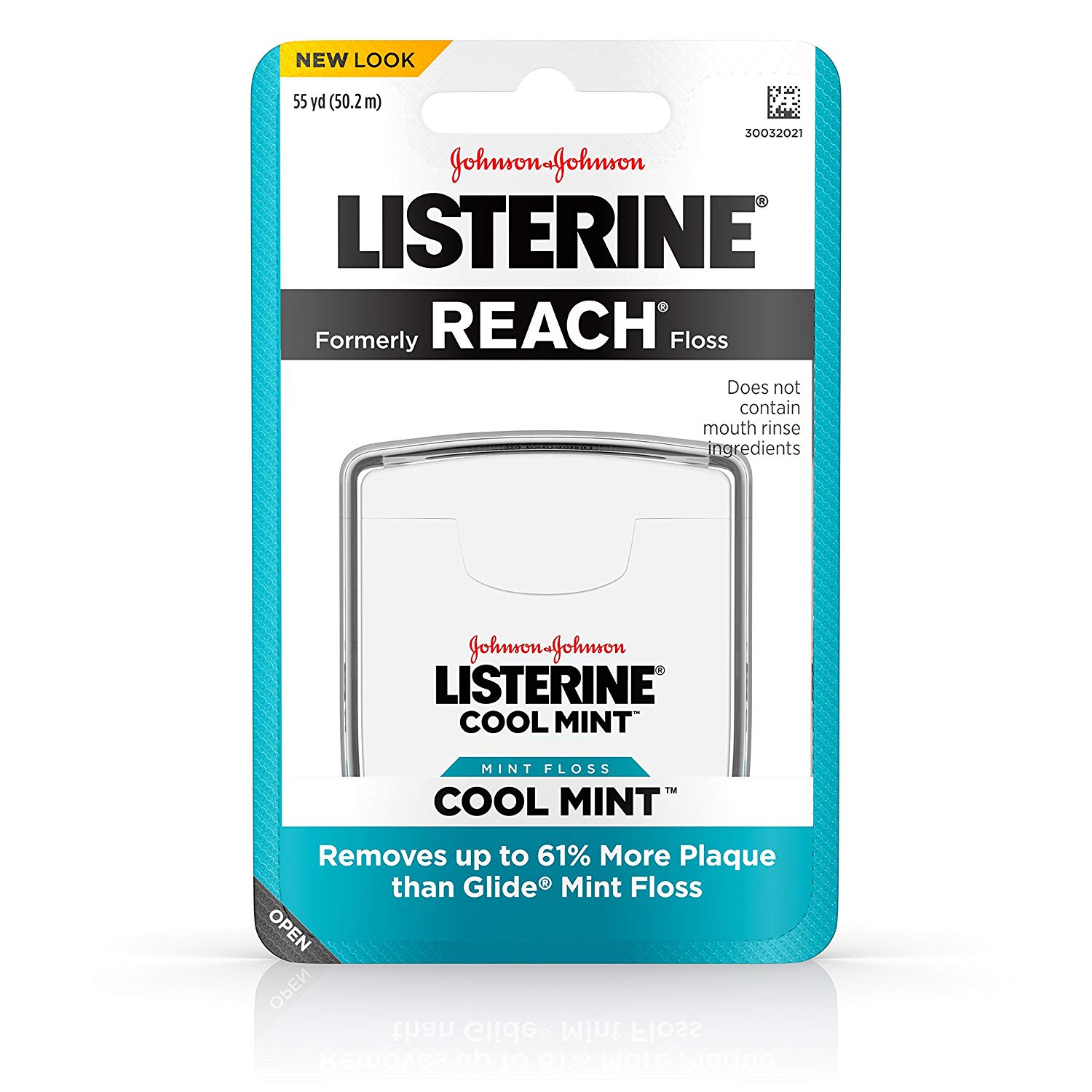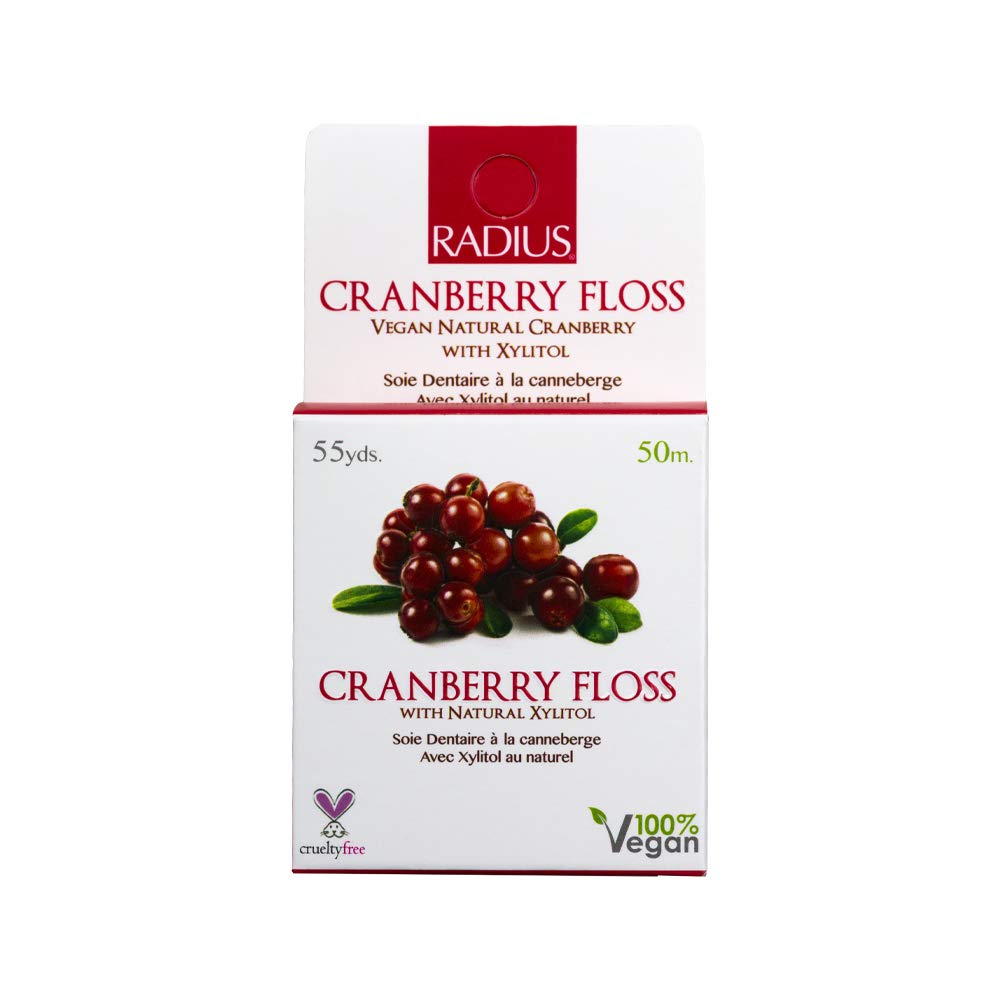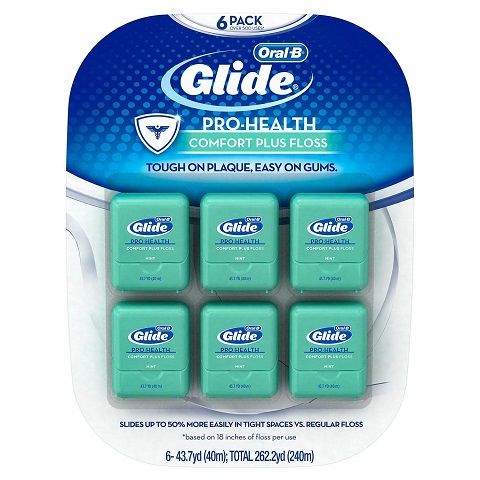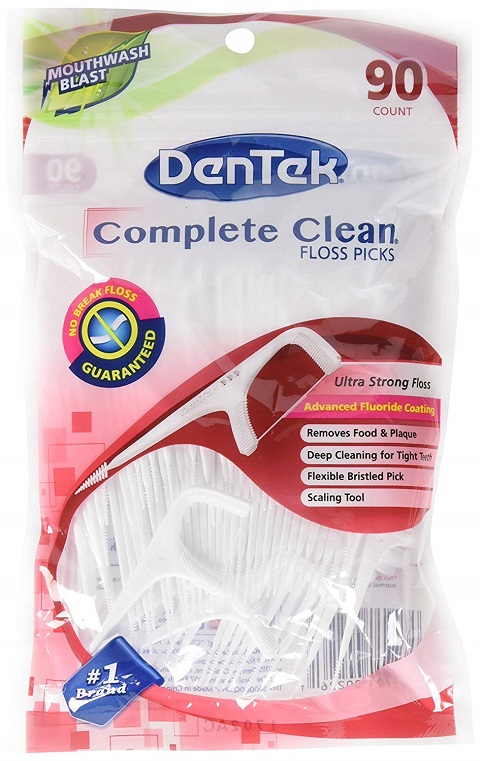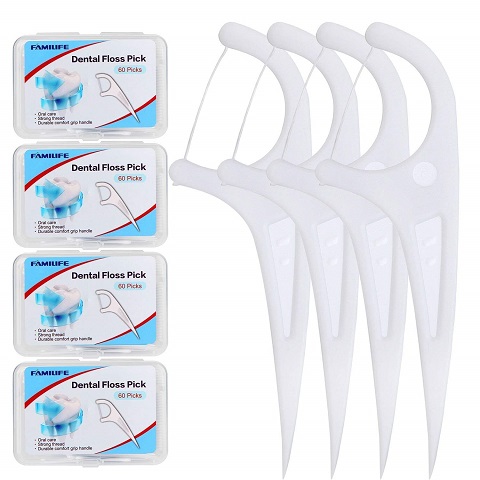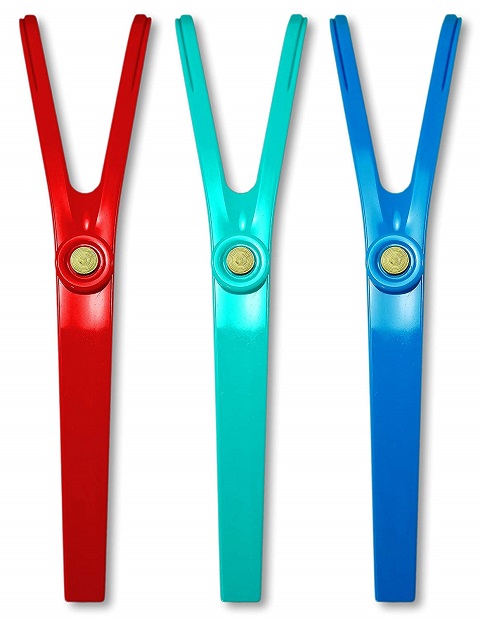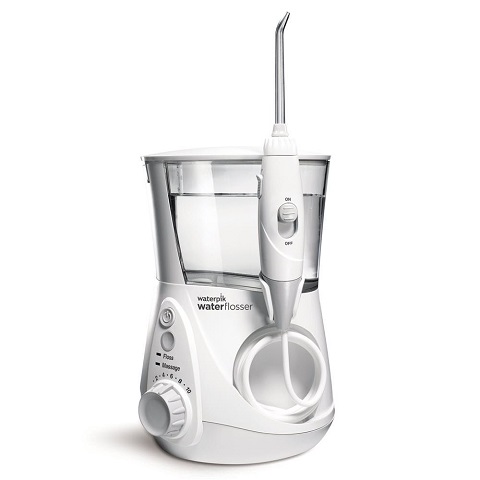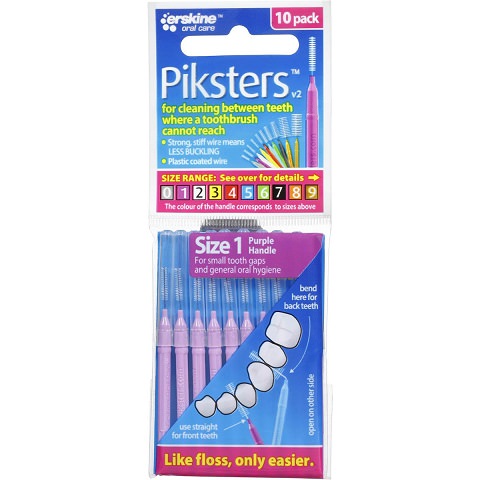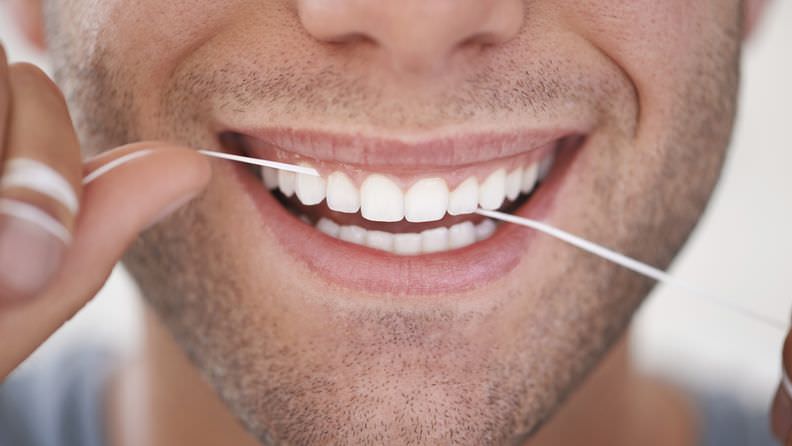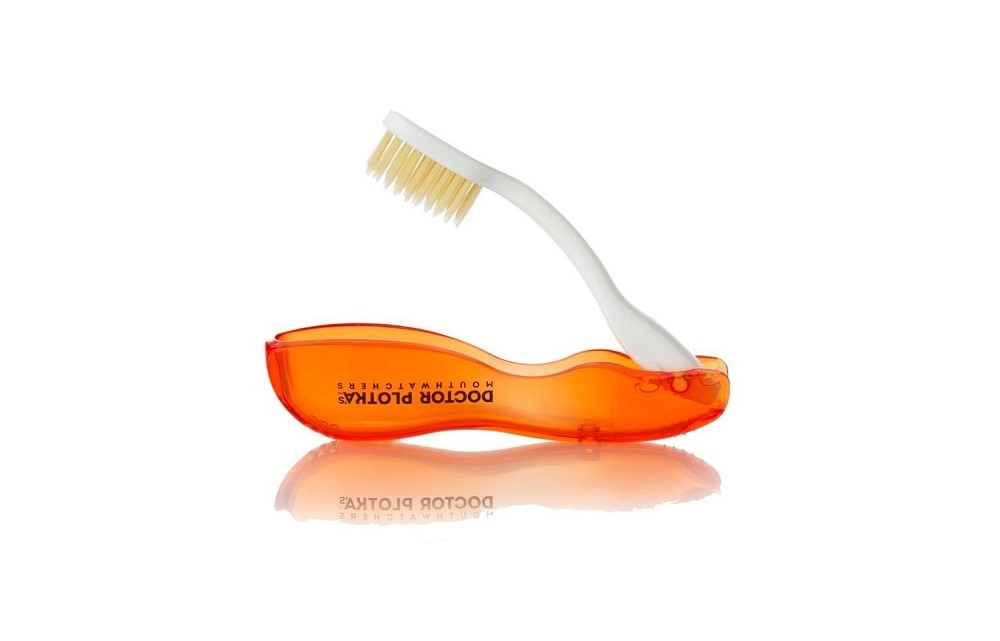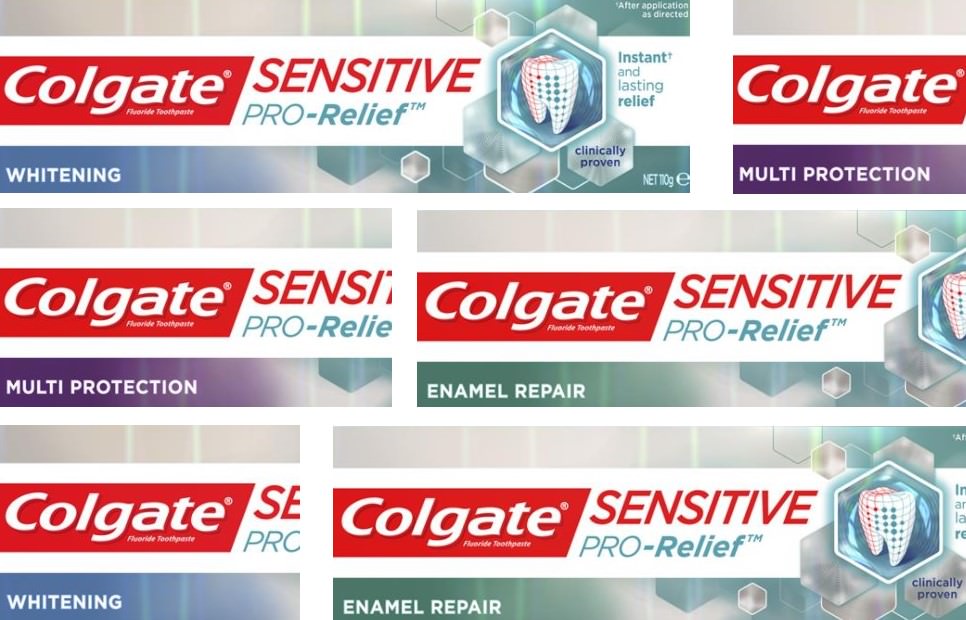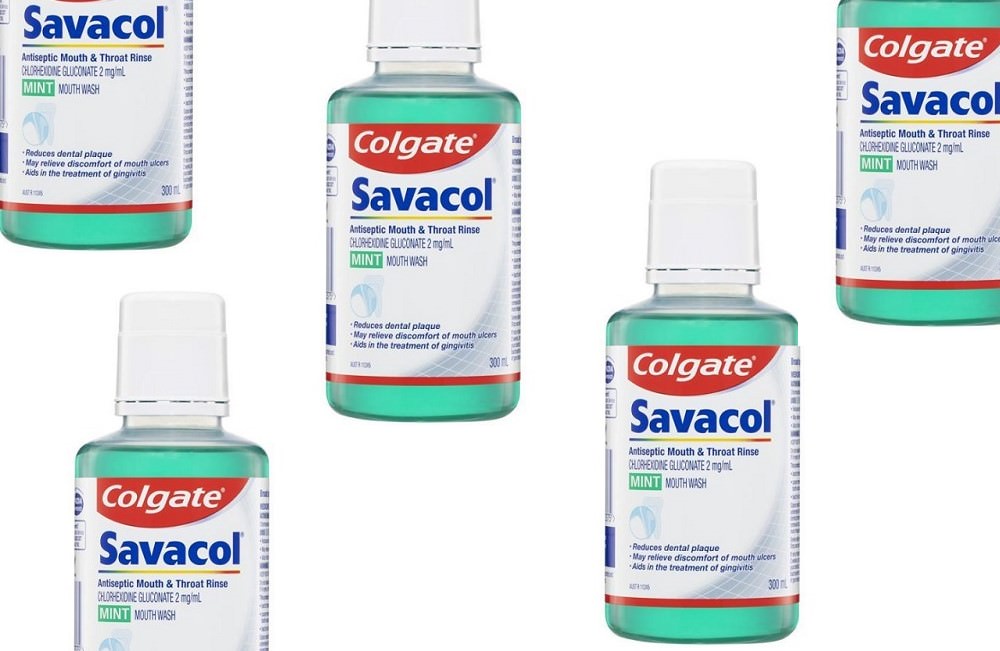How to Floss Your Teeth and Why it’s Important?
So how does one floss correctly?
With a proper dental floss, either waxed or coated with a natural substance, hold the floss as taught as you can. And push up in between each tooth. Ensuring you push up and down a few times to get all the debre out.
In this post we discuss flossing options and the best solutions out there.
So let’s get right into it..
What is Flossing?
Flossing, also known as interdental cleaning, removes all the plaque under your gums and between your teeth – all those places your toothbrush is unable to reach.
If this plaque was not removed, the build-up would lead to tooth decay, gum disease and halitosis (bad breath).
Did you know that 40% of the surface area of your teeth is actually located between them?
So flossing is necessary to keep almost half of the surface area of your teeth in a clean and healthy state.
The information you will be gaining from reading this article includes;
- The importance of flossing
- Some of the best flossing products available in Australia, including different options such as interdental brushes, water flossers, floss holders and disposable flossers
- Studies on flossing
Why is Flossing so Important?
At least one third of Australian’s never floss their teeth. At least one third of Australian’s also lie to their Dentist about their oral care regime.
If you are one of these people, you need to know that flossing is just as essential to your dental care as brushing your teeth – it is not an optional extra.
The Australian Dental Association, along with the Australian and New Zealand Academy of Periodontists and the Australian Society of Periodontology, issued a joint statement explaining the important of flossing in August 2016.
They strongly recommend interdental cleaning such as flossing as an essential part of good oral health.
Flossing disrupts and removes plaque and food in between teeth where a toothbrush cannot reach. Tooth decay and gum disease can develop when plaque is allowed to build up on teeth and along the gum line.
“The limited amount of scientific evidence surrounding flossing is not a reflection of its clinical effectiveness. Patients should continue to include interdental cleaning as a part of their daily oral hygiene routine, along with brushing twice a day and regular dental visits.”
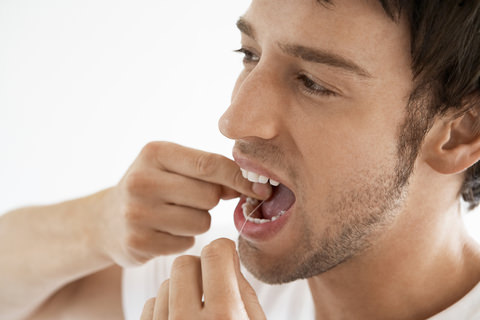
Flossing between your teeth is very important
40% of the surface area of your teeth actually lies between them. If you’re relying on brushing alone to clean your teeth, you might be cleaning 60% of the teeth, but you’re missing the remaining 40%.
This has a serious impact on how clean and healthy both your teeth and gums are. You must remove the build-up of plaque under your gums and between your teeth where your toothbrush is unable to reach, to prevent gum disease, tooth decay and halitosis (bad breath) – all achieved though flossing.
How Should I Floss my Teeth?
This video from the Australian Dental Association shows you how to floss your teeth properly.
Other Pro-tips
Floss before you brush!
Studies have found that flossing before brushing is the order for the most thorough removal of dental plaque. The report is featured in the Journal of Periodontology (JOP).
In a study called “The Effect of Toothbrushing and Flossing Sequence on Interdental Plaque Reduction and Fluoride Retention: A Randomized Controlled Clinical Trial”, 25 participants were asked to brush their teeth first, then use dental floss to clean their teeth (method = brush-floss).
In the next phase, the same group of people were asked to floss, then brush their teeth (method = floss-brush).
It was found that the plaque between the teeth and in the mouth overall was reduced significantly by using the second method (floss-brush).
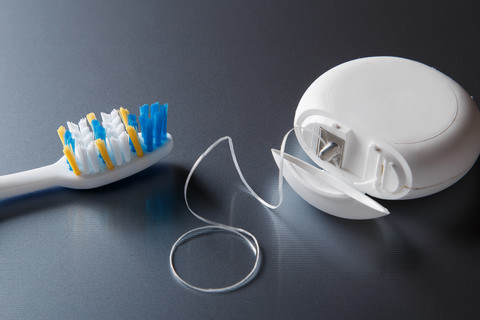
Flossing before you brush is a winning combo!
“The researchers contend that as flossing loosens bacteria and debris from between the teeth, brushing afterward (when the mouth is rinsed with water) further clears the mouth of these particles.
Plaque bacteria are the primary culprit behind the development of periodontal disease, an inflammatory condition that occurs when bacteria accumulate below the gum line.
Periodontal disease can lead to swelling, irritation, gum recession and tooth loss if left untreated.” (Source: Dental Tribune)
Use the Correct Technique
If you are feeling uncertain about your flossing method, speak to your Dentist – they are the most qualified person to show you how to floss correctly and will always be happy to help.
Research Different Options
If you don’t like the feeling of sticking your fingers in your mouth with a thin bit of thread then have a look at our section “Options for flossing” – since the evolution of floss there’s so many new items available to make your life easier!
Make Flossing a Routine
Flossing should be a vital part of your dental health care regime, along with brushing.
You should floss at least once daily – choose a time that suits you, when you’re not in a rush or too tired to do it properly. This could either be in the morning or at night, or even after eating lunch. Floss for at least two minutes.
Assist your Children with Flossing
Ensure your children also start flossing as soon as they have two teeth that are in contact – although until they turn 10, it is best if you do their flossing, as they will not be able to do so effectively and will need your assistance.
Options for Flossing
There are so many different options to choose from when it comes to flossing your teeth, so how do you know what is right for you?
1. Floss
There are two types of Floss;
Dental Tape – The thread on dental tape is wider, so it is considered more effective at removing plaque if you have large gaps between your teeth, or have dental work (bridges, implants or braces).
It can more easily glide up the entire length of your tooth to get rid of even the most stubborn plaque build-up.
Traditional Floss – Traditional floss (simply known as floss) is significantly thinner, and better suited for people with normal or narrow gaps between their teeth.
Although, if you do have slightly wider gaps between some teeth, you can fold over floss, and this can be almost as effective at removing plaque build-up as dental tape.
Waxed versus Unwaxed Dental Floss;
Another difference between dental floss is that the thread may be either waxed or unwaxed.
The wax on dental floss is so it can glide with ease between your teeth. Waxes also come in a variety of refreshing flavours.
However, waxed flosses may contain industrial based chemicals such as polytetrafluoroethylene (PTFE). Thus, some people prefer unwaxed floss as it is more natural.
Although it is thought that unwaxed floss may be more likely to break, due to its lack of coating, unwaxed floss is easier for those with cramped teeth.
As the threading does not contain a wax coating or flavouring, you will be able to place this more easily between your teeth with little to no discomfort.
A common misconception is that waxed floss is more effective at removing plaque from between the teeth – experts believe that if floss is wax coated it can more easily ‘pull’ away the plaque, due to its slightly rougher texture.
But a study done on the effectiveness of waxed vs. unwaxed floss, proved they are largely indifferent. Thus, it all comes down to your preference.
Best Dental Floss
DR TUNG’S Dental Floss Smart Floss
Well-known for their top-of-the-range tongue-scraper, Dr. Tung also creating a highly rated dental floss.
With a light cardamom flavour, this floss should leave you feeling fresh. It has been coated from a blend of vegetable and beeswax, rather than a synthetic wax, for your extra peace of mind.
This floss is indeed, as suggested, “Smart”, as when you hold it tightly it will be relatively narrow, so it is easily placed between your teeth.
However, when you loosen your grip slightly, its’ multifilament design allows it to expand, helping it to provide a wider coverage on the sides of your teeth.
This supports their claim that, when compared to traditional flosses, Dr Tung’s floss will remove up to 55% more plaque. Read reviews at Amazon.
Listerine Cool Mint Interdental Floss Oral Care
Known for their mouthwash, Listerine makes a well-priced mint flavoured floss.
With a wax design, you will instantly notice the mint flavour every time you glide the floss between your teeth.
If mint doesn’t tickle your fancy, you can choose from 3 other different varieties – Healthy White contains baking soda for a brighter and whiter smile, Ultra Clean is designed to capture more plaque, or a cinnamon flavoured woven floss for sensitive gums. Read reviews at Amazon.
RADIUS – Vegan Xylitol Soft Floss Xylitol (Cranberry 55 Yrd)
This floss by RADIUS is 100% vegan!
It is a nylon sponge floss, so is great for those with sensitive gums, who experience severe bleeding when flossing. The nylon fibre is coated with vegan candelilla wax, which will help to gently and naturally remove plaque from your teeth both safely and effectively.
This floss also contains tree-based xylitol, helping to reduce the risk of gingivitis (gum disease).
Although the threading is rounded and sponge-like, it may be hard for people with small gaps between their teeth to use. Read reviews at Amazon.
Oral-B Glide Pro-Health Deep Clean Floss
Oral-B has made a dental floss that is wider – although not quite as wide as dental tape – to help move between your teeth with ease. However, since it is wider, and contains a light wax coating, it provides the additional grip needed to “pull” the stubborn plaque build-up from your teeth, just as a dental tape would.
Perfect for those who have slightly wider gaps between their teeth, it is also a very affordable option. Read reviews at Amazon.
2. Disposable Flossers
Otherwise known as “Picks”, disposable flossers will have a floss folder that is already equipped with floss on one end, with a slender pick that can be used as a toothpick on the other.
Typically purchased in bulk packs, Disposable flossers are extremely convenient when needing an option to clean your teeth in a hurry.
The only disadvantage is that you cannot swap the floss as you can with a Floss holder.
Best Disposable Flossers
DenTek Floss Picks Complete Clean Fresh Mint
Great for compacted teeth – with DenTek you can floss between the tightest spaces, as the floss glides both smoothly and easily.
Their strong handles are a bonus when dealing with tight spaces. The floss is textured, minty-flavoured, and has a unique criss-cross thread, that is designed to pick up plaque and stubborn bits of of debris that stay stuck between your teeth.
The pick itself is flexible, allowing you to easily reach those hard areas. An added bonus is a tongue scraper to remove that surface debris. Read reviews at Amazon.
FAMILIFE Unflavoured Dental Floss Picks
A big contrast between FAMILIFE Dental floss picks and others is its floss thread – the thread consists of Ultra-High Molecular Weight Polyethylene (UHMWPE), which is said to be finer, slipperier, and tougher than most floss strings.
Its silky, comfortable feeling is similar to dental tape. It also causes less friction, meaning less potential damage to your teeth.
The FAMILIFE floss picks have a sturdy handle that’s easy to hold, providing you with all the support you need. They also come with a handy travel case.
This floss is great for those with wider gaps in their teeth – those with tight spaces may find the floss a bit thick. Read reviews at Amazon.
3. Floss Holders
Should You Get A Dental Floss Holder?
If you have limited dexterity, arthritis, are just learning how to floss, or are a caregiver for someone else’s teeth, a dental floss holder is well worth the investment.
Very similar in design to floss picks, a dental floss holder is a little Y-shaped tool that holds the floss, and they are a great way to effectively and easily clear out plaque build-up between your teeth.
However, unlike disposable dental floss picks, where you must use the floss or tape that has been pre-threaded by the manufacturer, with a floss holder you can exchange the floss to suit you.
If you want waxed or unwaxed, tape or traditional floss, a floss holder allows you to use the floss that you prefer.
Best Floss Holder
Flossaid Dental Floss Holder – 3 Pack
With an angled head and long handle, Flossaid Dental Floss Holder helps ensure that not one of your tooth spaces is missed or incompletely flossed – its design helps make your flossing experience much easier. Read reviews at Amazon.
4. Water Flossers
Should You Get a Water Flosser?
Dentists often state that water flossers (also known as oral irrigators) are not a substitute to flossing – therefore, even if you water floss regularly, it is not replacing what a simple string of floss will do.
Whilst floss ‘wipe’ plaque off the area, water flossers only rinse the area, so do not remove floss as effectively.
However, I’m not saying that water flossers are not at all practical. If you have dental work such as implants, bridges, or braces, flossing is more important than ever to help prevent bad breath and gum disease, but normal flossing tape can be a bit hard to maneuverer.
Water flossers are a highly effective way of removing any stubborn food particles. Or, combine dental floss and a water flosser and you’ve got yourself a winner!
Best Water Flosser
Waterpik Ultra Professional Water Flosser
The Waterpik Ultra Professional Water Flosser is an easy alternative to dental floss – in just 1 minute per day you will have brighter teeth, fresher breath and healthier gums.
The compact, electric Water Flosser provides new pulse-modulation technology for maximum plaque removal and enhanced gum stimulation. The convenient 1-minute timer and a 30-second pacer ensures you thoroughly water floss all areas.
You can also add your favourite mouthwash. Ideal for those with implants and dental work, braces or periodontal pockets. See reviews at Amazon.
5. Interdental Brushes
An interdental brush is a small circular brush, kind of like a toothpick with bristles, specifically designed to clean your teeth in those hard-to-reach places.
Daily use of an interdental brushing (in place of flossing) is considered an easy, efficient and effective way to keep your gums and teeth clean and healthy.
Many Dentists prefer their patients to use interdental brushes over floss – as they are actually going to use them. In several Dental schools in Europe it is now the primary method of cleaning between the teeth that is taught, rather than flossing.
As they come in a variety of sizes, it’s interdental brushing is especially effective for those with large gaps in their teeth.
How to use an interdental brush;
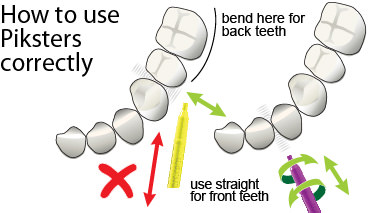
Source from www.piksters.com
Best Interdental Brush
Piksters have a stiffened wire core, so, unlike regular floss, you can clean the spaces between your teeth one-handed – making it much easier to use!
The wire is coated with plastic, so they will not scratch any implants you may have. They are easy, efficient, and can be re-used several times. Read reviews at Amazon.
The History of Flossing
- During the Ancient Era – Anthropologists have found evidence that ancient people used various items like pointed sticks to floss.
- The Invention – In 1815, a New Orleans Dentist known as Levi Spear Parmly began advising his patients to use a thin, waxen silk thread to clean between their teeth. He considered this the most important part of oral care as it had the ability to dislodge irritating matter that could not be removed by the toothbrush, and was causing diseases.
- The Evolution (1882 – 1896) – This idea became well-liked, and in 1882 floss became commercially available, as the Codman and Shurtleft Company in Randolph, Massachusetts, started marketing their unwaxed silk dental floss. In 1896, Johnson & Johnson in New Jersey marketed the first dental floss. They took out a patent for dental floss 3 years later, in 1898, that was made from the same silk material used by doctors for silk stitches.
- The Evolution (1940 – 1950) – Nylon silk replaced silk as the material for dental floss in the 1940’s, as it had a more consistent texture and was more resistant to shredding. This enabled the invention of waxed floss in the same decade, and then dental tape in the 1950’s.
- Today – Now, the market of dental floss has expanded to include a variety of different types and textures – sponge floss and soft floss, just to name a few. There are also multiple other flossing devices and features to make flossing easier, and ensure it is possible for everyone – the children, the elderly, those with braces, bridges, and other dental appliances. Flossing is now a necessary part of a proper dental care regime for maintaining good oral health.
Studies about Flossing
Unfortunately, there are not a of studies done on flossing.
However, Dr Kimberly Coulton, Head of the Bachelor of Oral Health program at Sydney University and a former dental hygienist, does believe some form of interdental cleaning is necessary.
“It’s important to use something. I wouldn’t say don’t use anything interdentally,” says Dr Coulton. She also advises that you should speak with your Dentist as to what device is best suited for you.
For the full article, view www.choice.com.au/health-and-body
Dr Peter Alldritt, chairman of the oral committee at the Australian Dental Association, has also come out and said the benefits of flossing outweigh any risks involved.
“In my professional experience it’s very easy to see if a patient has or hasn’t been flossing. The regular flossers have firm, pink, healthy gums and the non-flossers have red, often inflamed gums.” “In my experience, the majority of patients we see aren’t flossing at all, and many of those who are, aren’t doing it with the right technique.”
He also explained the reason flossing experiments aren’t run often is it’s very hard to isolate the act of flossing from potential teeth-ruining habits like smoking or acidic diets.
“It’s important to remember this research doesn’t say that flossing is bad or harmful – it only says that the evidence isn’t very strong,” says Alldritt. “What this means is two things: one, we need better and more research around flossing, and two, that it’s extremely hard to research the effectiveness of flossing because of a whole range of variables like diets and even individual technique.”
You’ve got nothing to lose by flossing, and plenty to gain – “What harm can flossing do? At the end of the day, even if the benefit is marginal, why would you want risk it when it only takes two minutes?” Advises Alldritt.
“From a common sense point of view, flossing quite obviously removes uncomfortable bits of food, plaque or bacteria and makes your mouth feels better.”
“It’s these particles that may contribute to bad breath of inflamed gums, which obviously aren’t signs of a healthy mouth.”
Don’t even bother trying to lie to your Dentist – they’ll notice. If you try and tell the dentist that you’ve been brushing and flossing more than you do, opening your mouth will reveal the truth.
“It’s very hard to lie to your dentist, because as soon as you open your mouth, we have a pretty good idea of just how thorough your dental hygiene routine is,” says Alldritt. “If you floss infrequently, you may find that your gums become more inflamed and bleed. The more regularly you floss, the less likely this happens.”
See our recent post with tips on how to stop bleeding when you floss.
“We aren’t asking for a miracle – simply to brush twice a day with a fluoride toothpaste, and floss once for approximately two minutes, whenever you can fit it in to your lifestyle.”
For the full article, view www.coach.nine.com.au
Conclusion
So by now you should be pretty knowledgeable on the importance of flossing and the different devices you can use to ensure it becomes part of your daily oral care regime.
If you’re still unsure about whether you’re flossing properly, or exactly what device is suitable for you – after all there are a few to choose from, traditional flossing, disposable flossers, floss holders, water flossers or interdental brushers – just have a chat to your Dentist and they’ll help you clean up that smile!
By Dr. V
Created at October 15, 2019, Updated at January 25, 2025


